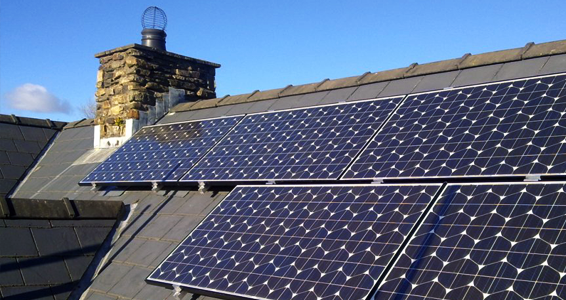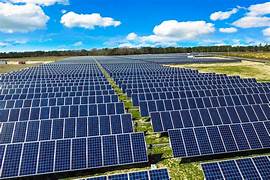Photovoltaics Power Systems
Photovoltaic (PV) technology converts one form of energy (sunlight) into another form of energy (electricity)
using no moving parts, consuming no conventional fossil fuels, creating no pollution, and lasting for decades
with very little maintenance. The first solar cell was constructed by Charles Fritts in the 1880s. Photovoltaics (PV) is a method of generating electrical power by converting solar radiation into direct current electricity using semiconductors. Due to the increase demand for renewable energy sources, the manufacturing of solar cells and photovoltaic arrays has advanced considerably in recent years.
Based on semiconductor technology, solar cells operate on the principle that electricity will flow between two
semiconductors when they are put into contact with each other and exposed to light (photons).
Working
The “photovoltaic effect” is the basic physical process through which a PV cell converts sunlight into electricity. Sunlight is composed of photons, or particles of solar energy. These photons contain various amounts of energy corresponding to the different wavelengths of the solar spectrum. When photons strike a PV cell, they may be reflected or absorbed. the energy of the photon is transferred to an electron in an atom of the cell (which is actually a semiconductor). With its newfound energy, the electron is able to escape from its normal position associated with that atom to become part of the current in an electrical circuit.
The above picture show the operation of a basic photovoltaic cell, it also called a solar cell made of the same kinds of semiconductor materials, such as silicon, used in the microelectronics industry. For solar cells, a thin semiconductor wafer is specially treated to form an electric field, positive on one side and negative on the other. When light energy strikes the solar cell, electrons are knocked loose from the atoms in the semiconductor material. If electrical conductors are attached to the positive and negative sides, forming an electrical circuit, the electrons can be captured in the form of an electric current (electricity). This electricity can then be used in various way, such as a light or a tool.


